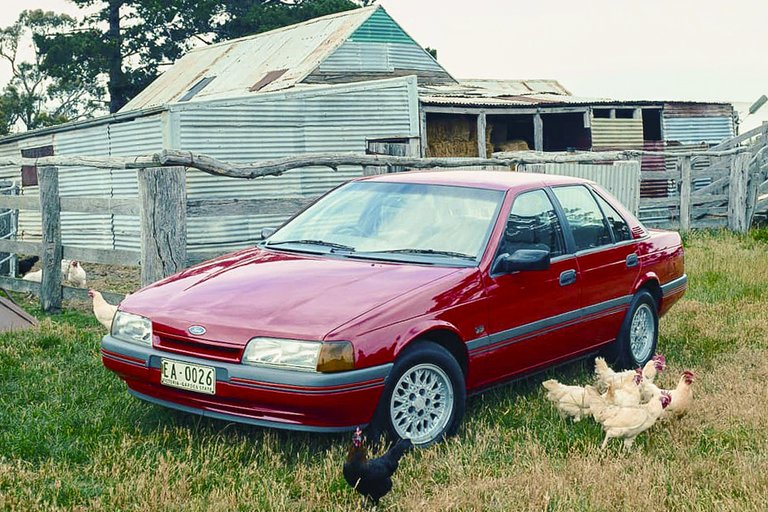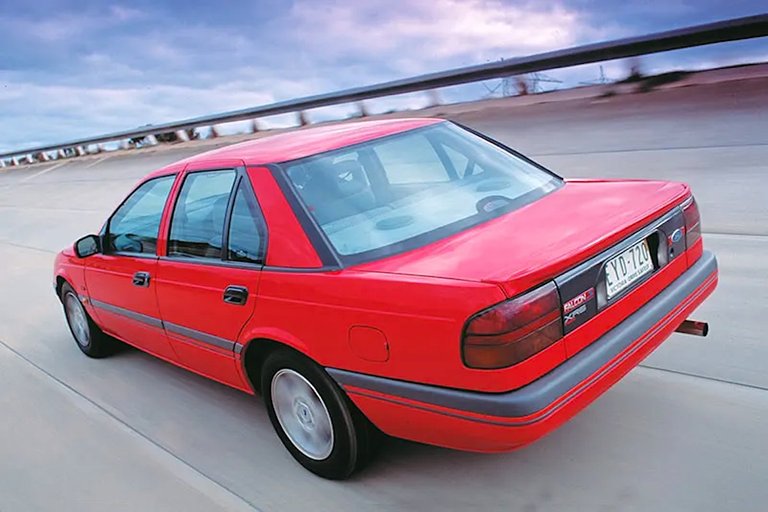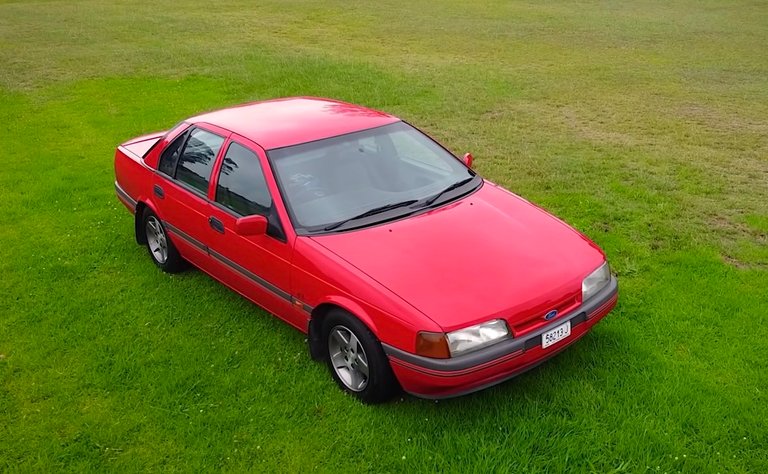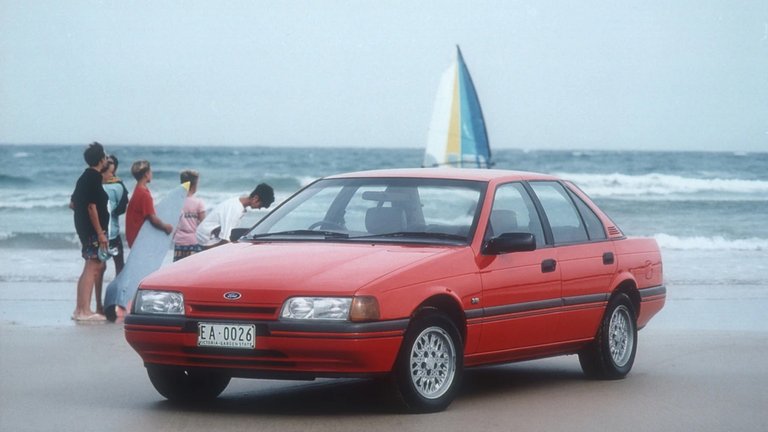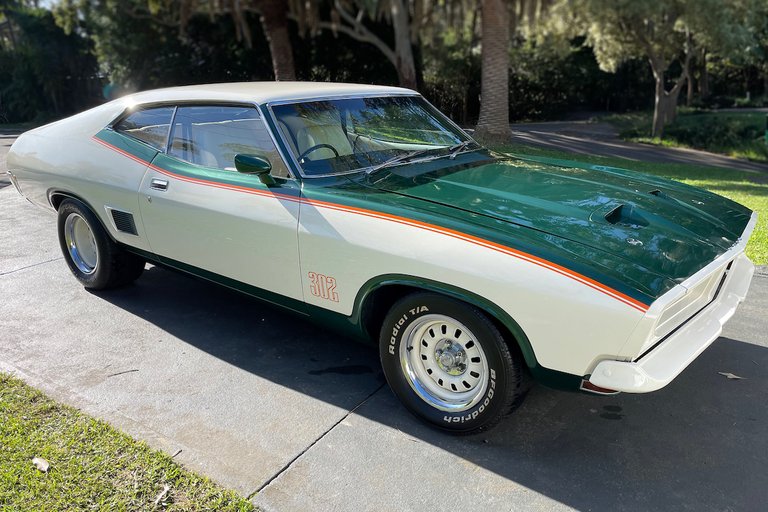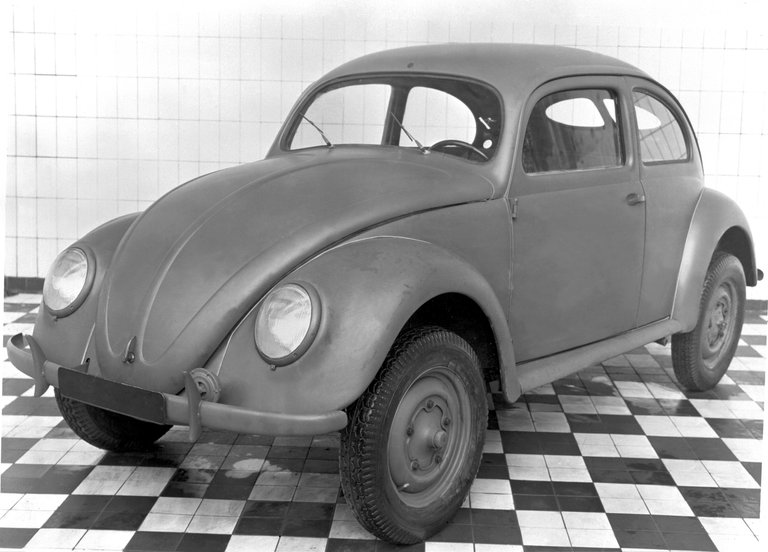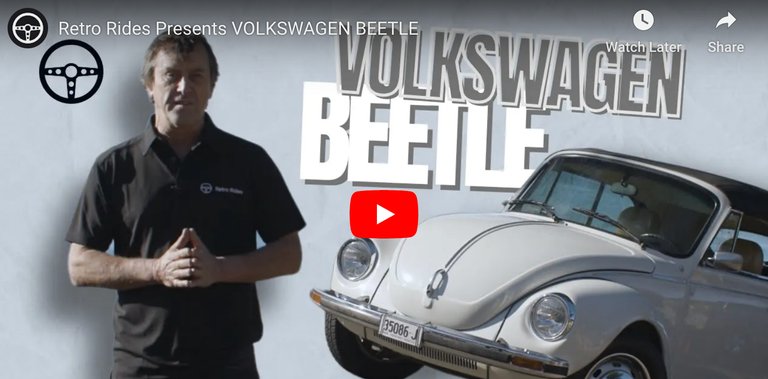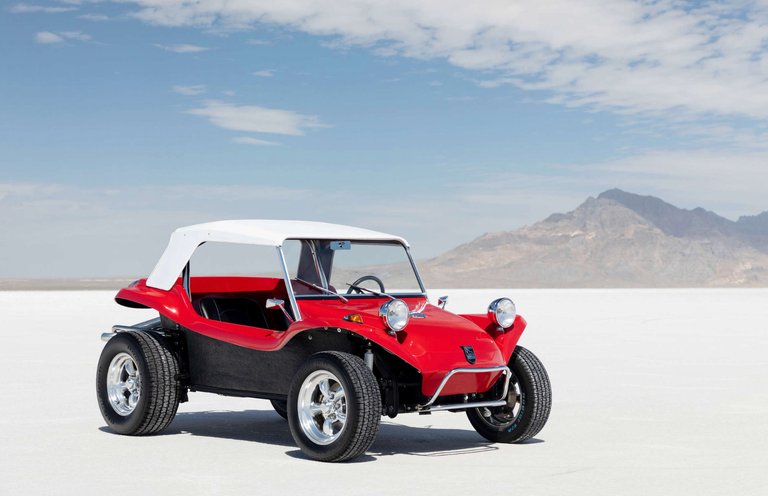Glenn Torrens
Writer
A life-long car nut, Glenn Torrens (who usually answers to ‘GT’) has been writing about cars and the lifestyle around them since a photo shoot with his 1956 VW Beetle – restored and modified at home while training as a high school teacher – led to a role as a motoring writer. Six years at Street Machine fuelled his passion for performance cars – especially Aussie ones – and inspired him to conceive and develop Australian Muscle Car magazine. Glenn has contributed to many old-school Australian motoring titles such as WHEELS, Unique Cars and 4×4 Australia and is thrilled to be involved as writer and presenter for Australia’s new premium on-line Retro Rides.
Glenn remains a hands-on classic car enthusiast with project cars as diverse as a 1990 Mazda MX-5, 1989 Mitsubishi Pajero 4WD, a pair of VW Beetle motorsport cars, a Ford Falcon and several Holden Commodores… and the happy little blue ’56 VW Bug where things all began.
Latest articles
While there are a few things too look out for, the EA-ED Falcon can make a great purchase for first-time…
While it seemed no one at the time of its launch had been asking for an Aussie performance six-cylinder car,…
The Falcon S-XR8 not only matched the Commodore SS of the time for street cred and performance, but it relit…
The EB Falcon saw the return of a V8 engine option with the S-XR8 after the EA was only offered…
At a time when Holden had decided to downsize, Ford’s decision to retain a big-bodied Aussie family car with the…
Just 700 examples of the XB Falcon John Goss Special were built to commemorate the 1974 Bathurst winner To celebrate…
On October 6, 1974, a Ford Falcon XA Hardtop thundered home to win Australia’s most famous motor race, the Hardie…
How Adolf Hitler played a key role in the design and development of the original Volkswagen Beetle. From the mind…
The Volkswagen Beetle remained the same for decades… or did it? Here’s your crash course in the Beetle family tree,…
How the Volkswagen Beetle’s clever underpinnings created a strong foundation for kit car makers and tuners to work their magic….

